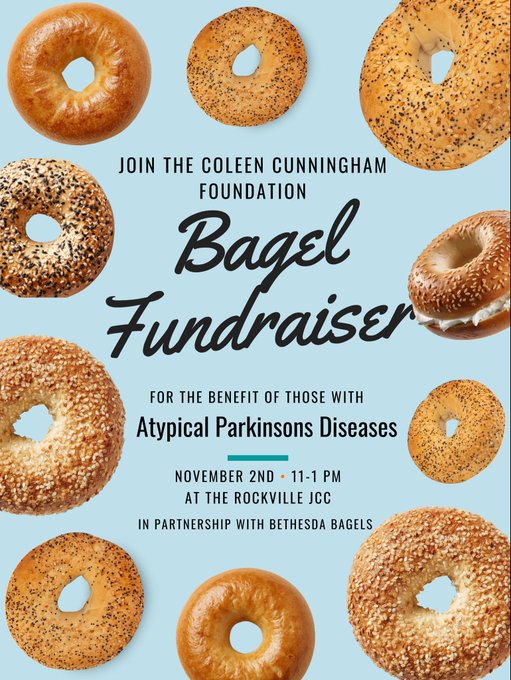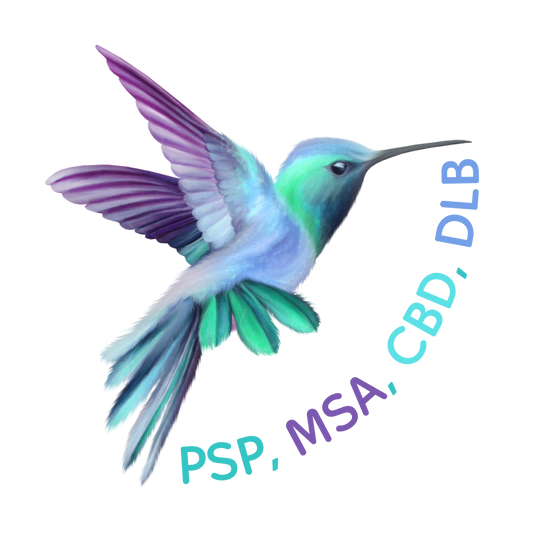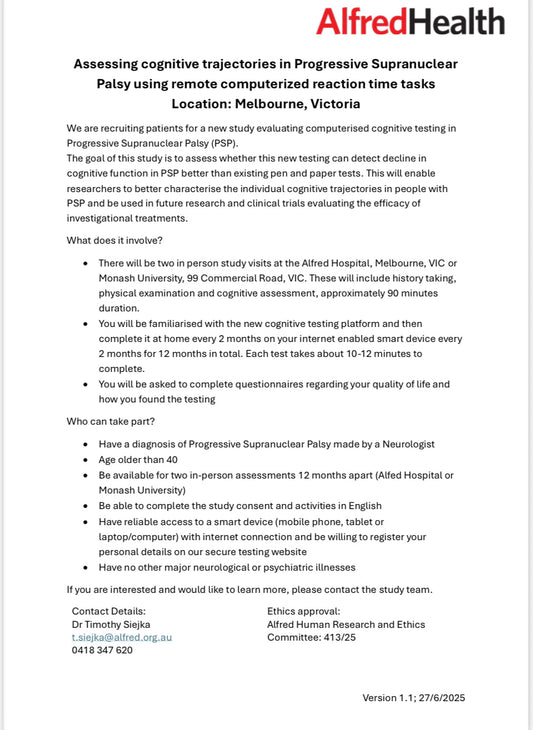Corticobasal Degeneration (CBD), also known as corticobasal syndrome (CBS) in its clinical presentation, is a rare progressive neurodegenerative disorder that affects movement, cognition, and sensory processing. Often confused with Parkinson’s disease or other conditions, CBD has unique features that distinguish it. This article provides an overview of CBD, its symptoms, and practical tips for managing the condition.
Quick Facts About CBD
- CBD is a tauopathy, caused by the accumulation of abnormal tau protein in the brain’s neurons and glial cells [1].
- It is extremely rare, with an estimated prevalence of less than 1 per 100,000 people worldwide [2].
- The average age of onset is around 60 to 70 years, though it can occur earlier in rare cases [3].
- CBD often presents asymmetrically, affecting one side of the body more than the other, unlike many other neurodegenerative diseases [4].
- Life expectancy after symptom onset is typically 6 to 8 years, though this varies by individual [5].
Common Symptoms of CBD
CBD symptoms are diverse and typically worsen over time, often starting on one side of the body. Key signs include:
- Movement Difficulties: Stiffness, slowness, and jerky movements (myoclonus), often with poor response to Parkinson’s medications [6].
- Limb Dysfunction: “Alien limb” phenomenon, where one hand or arm moves involuntarily or feels detached, alongside apraxia (difficulty performing purposeful movements) [7].
- Balance and Coordination Issues: Unsteady gait and falls due to rigidity and impaired coordination [8].
- Cognitive Decline: Problems with memory, language (e.g., difficulty finding words), or spatial awareness, progressing to dementia in some cases [9].
- Sensory Changes: Numbness, tingling, or loss of sensation in affected limbs, sometimes with difficulty recognizing objects by touch [10].
Tips for Managing CBD
There is no cure for CBD, but supportive strategies can improve quality of life for patients and caregivers:
- Seek Specialist Care: Consult a neurologist experienced in movement disorders for accurate diagnosis and tailored management. Physical and occupational therapy can aid mobility and function.
- Adapt Daily Living: Use assistive devices like canes or braces for stability, and simplify tasks (e.g., Velcro shoes) to cope with apraxia or limb dysfunction.
- Address Safety: Remove home hazards to prevent falls, and supervise activities if the alien limb phenomenon causes unpredictable movements.
- Support Cognition: Engage in mental exercises (e.g., puzzles) if early-stage, and use communication aids like picture boards as language declines.
- Caregiver Support: Join support groups or seek respite care, as CBD’s progressive nature can be physically and emotionally demanding.
Corticobasal Degeneration is a rare and complex condition that challenges both patients and families with its mix of motor, sensory, and cognitive symptoms. Early recognition of its hallmark signs—like asymmetric limb issues or alien limb phenomena—can guide better care. If CBD is suspected, expert evaluation and proactive management are key to navigating its progression.
Sources
- National Institute of Neurological Disorders and Stroke (NINDS) - Corticobasal Degeneration Fact Sheet
- Orphanet - Corticobasal Degeneration Prevalence
- Mayo Clinic - Corticobasal Degeneration Overview
- American Academy of Neurology - CBD Clinical Features
- National Organization for Rare Disorders (NORD) - Corticobasal Degeneration
- Parkinson’s Foundation - CBD vs. Parkinson’s Disease
- Johns Hopkins Medicine - Corticobasal Degeneration Symptoms
- Movement Disorders Society - CBD Motor Symptoms
- Alzheimer’s Association - CBD Cognitive Impairment
- Cleveland Clinic - CBD Sensory and Neurological Effects
Disclaimer
The information provided in this article is intended for educational and informational purposes only. It is not a substitute for professional medical advice, diagnosis, or treatment. The facts, symptoms, and tips presented are based on general knowledge and reputable sources available as of the posting date. They may not reflect the latest research or individual variations in disease presentation and progression.
Every person’s experience with these conditions is unique. Symptoms, outcomes, and management strategies may differ. Always consult a qualified healthcare professional, such as a neurologist or specialist, for personalized guidance tailored to your specific situation. The sources cited aim to ensure transparency and credibility; however, websites and their content may change over time, and accessibility is not guaranteed.
The author and publisher of this article are not liable for any errors, omissions, or consequences arising from the use of this information. Reliance on this content is at your own risk. If you suspect you or a loved one may have one of these conditions, seek prompt medical evaluation from a licensed provider.


 Donate
Donate



